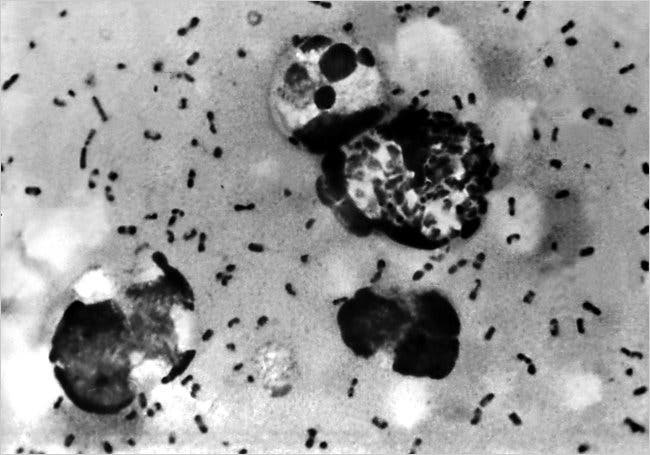
The bubonic plague, known to history as The Black Death or simply The Plague, was responsible for marking one of Europe’s most darkest hours, twice decimating the continent’s population, killing off two thirds. The disease is caused by a Gram-negative bacterium called Yersinia pestis, of zoonotic nature, especially carried by rodents – more exactly rats. Forget about the grim reaper, if you were living in the middle ages and saw a rat, it would have been like staring death in eyes. However, the rats wouldn’t have been the ones you needed to worry about, but the fleas who actually transmitted the plague. Practically, the infected fleas piggybacked rats until hopping off onto humans were the bacteria wreaked havoc.
The exact origins of the bubonic plague have long been discussed, most historians agreeing at a time that the disease was most probably brought from the far east via the central Asia Silk Road. This Sunday, however, an international team of medical geneticists, who studied the disease’s DNA signature, confirmed that the Black Death originated in China more than 2,600 years ago.
Scientists sequenced 17 strains of Yersinia pestis, going from mutated patogen to mutaden patogen by building a family tree. Eventually, the strains were tracked down to China, where the root of the tree is situated and all bubonic plague waves have their origins. The study, published online on Sunday by the journal Nature Genetics, was led by Mark Achtman of University College Cork in Ireland.
“The results indicate that plague appeared in China more than 2,600 years ago,” France’s Museum of Natural History, which took part in the research, stated.
“The work highlights specific mutations in the bacterium showing how the germ evolved within given geographical regions,” the museum stated in a press release. “But it demonstrates in particular that successive epidemic waves originated as a whole in Central Asia and China.”
[via NY TIMES]






